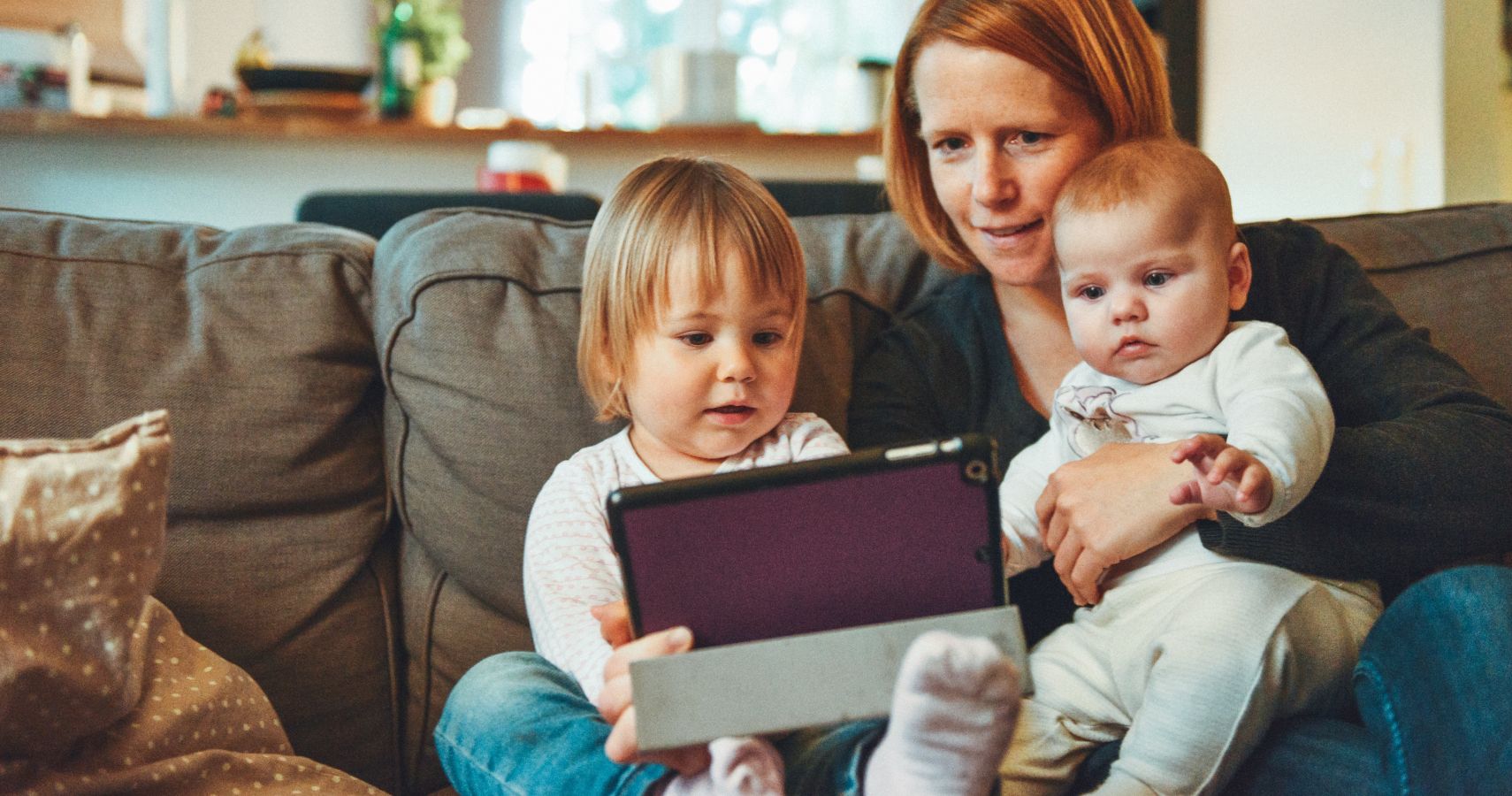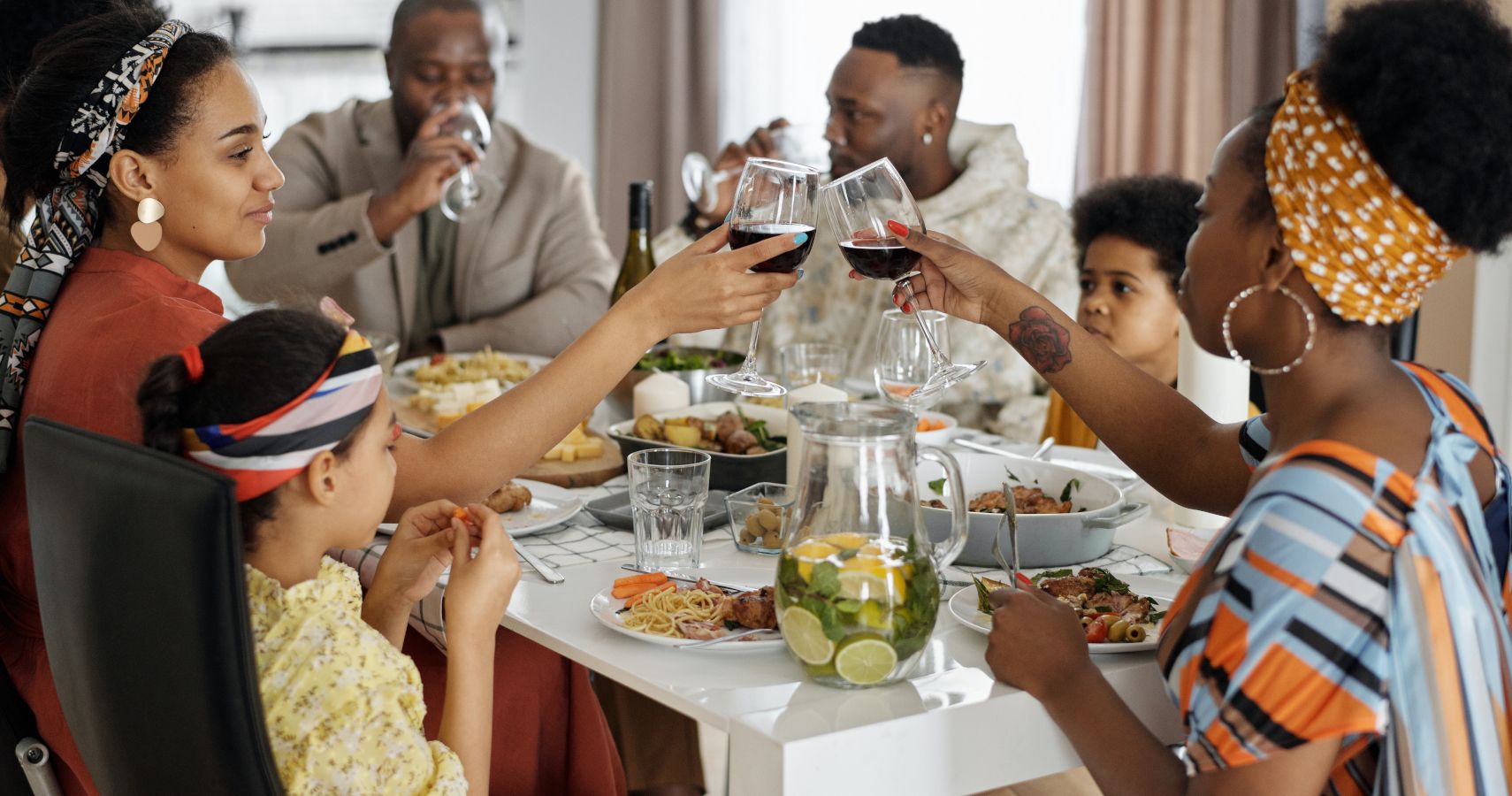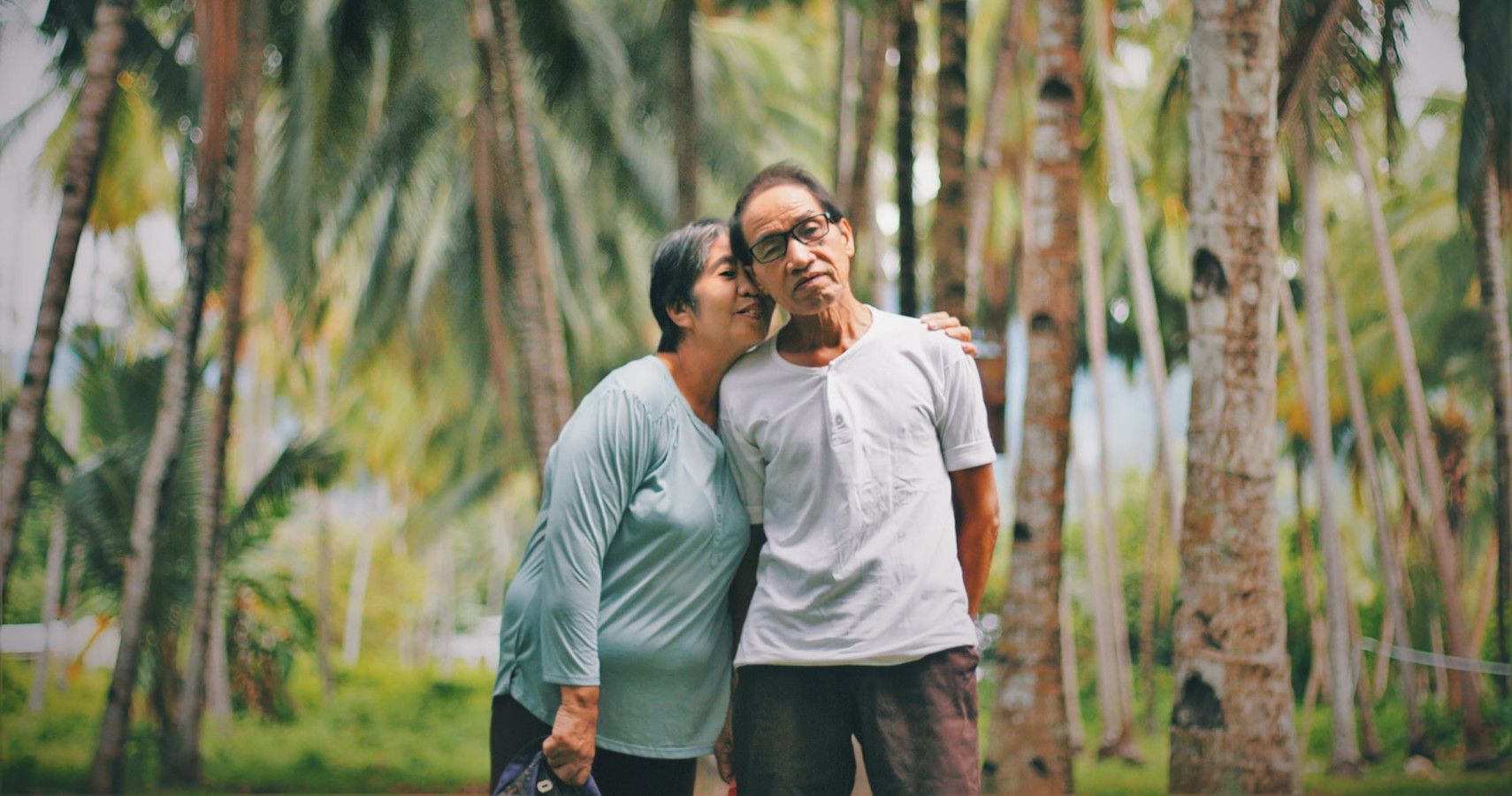A family can be defined as a group of people who are related. The word family is not only used to refer to father, mother, and children. People are related in many other ways. You do not have to be related to someone by blood to be in the same family with them. Families come in different setups and arrangements. The way society is set up today, people are drifting away from traditional beliefs every day. The more people open up and accept different cultures from all over the world, the more societies are blending. What used to be conventional and acceptable is going through changes. Here are several variations of family setups that we have today.
7 Nuclear Families
The nuclear family is the traditional family set up that makes the majority of all families. It consists of two parents and children. The children can be biological or adopted. The parents can be from different sexes, same-sex or gender fluid. The premise of this family is two parents raising children in the same home. The nuclear family is the widely accepted set up in societal norms across the world. Almost 70% of world families have a nuclear family set up.
6 Single Parent Families
Single parent families consist of one parent with one or more children. The parent can be single out of choice, death of a spouse, or as a result of a divorce. Single parent families used to be looked down upon in the past, but now they are a social norm. Rapid changes in gender roles, as well as different moral rules, have led to the rise of single-parent families, according to Parents.
5 Extended Families
Extended families consist of more adults who are related by blood or marriage living under the same roof with their children. In the United States, the nuclear family is the social norm. However, in some other parts of the world, it is normal for people to live with their grandparents, in-laws, aunts, nieces, nephews, uncles, and cousins under the same roof.
4 Childless Families
According to Extra Mile, a childless family consists of partners living together without children. Most societies do not recognize this family as a complete family. They expect them to have children eventually. However, some couples choose to live without children. Others have medical complications that make it difficult for them to have children.
3 Step Families
Stepfamilies are also known as blended families. They consist of two halves of other nuclear families that blend into one. Two people from previous families join to make one. It could be both partners with children, or one can marry a partner who comes with a child or children.
Stepfamilies have also become a normal set up over the years, due to the rising rates of divorce. Most blended families have parents who co-parent the children. They can live with the children, or they can each take turns sending time with them.
2 Grandparent Families
Grandparent families are comprised of parents who are raising their grandchildren. Grandparents raise children if the parents are not in the lives of the children. It could be a result of death, addiction, sickness, imprisonment, abandonment, international work travel, or being unfit parents.
1 Unconventional Families
Unconventional families are the types of families that are unexpected in most social norms. Polygamous families for example are unconventional. They are comprised of one father, multiple mothers, and children. In some societies, polygamy is the norm while in some parts, it is unconventional.
Polyandrous families are another example of unconventional families. They consist of one woman and multiple men forming a family. Some of them have children while some of them do not.
The other type is polyamory where more than two people are in a relationship with the informed consent of all the partners involved, according to Healthline. Polyamory is otherwise known as consensual non-monogamy. People come into an agreement and form intimate relationships with more than one partner.
You cannot say for sure which family set up is the best. Each family set up comes with its advantages and challenges. Families have evolved so much over time. People are more accepting of societal differences and cultural diversity. In the future, it seems that they will evolve even more, given the changes that are happening with gender roles and gender fluidity.
The conventional father, mother, and children family setups used to be the definition of family, but the definition is ever expanding these days. People have formed and accepted other definitions of marriage, sex, romance, love, and gender roles which change the family set up completely.
Sources: parents.com, extramile.thehartford.com, healthline.com.






